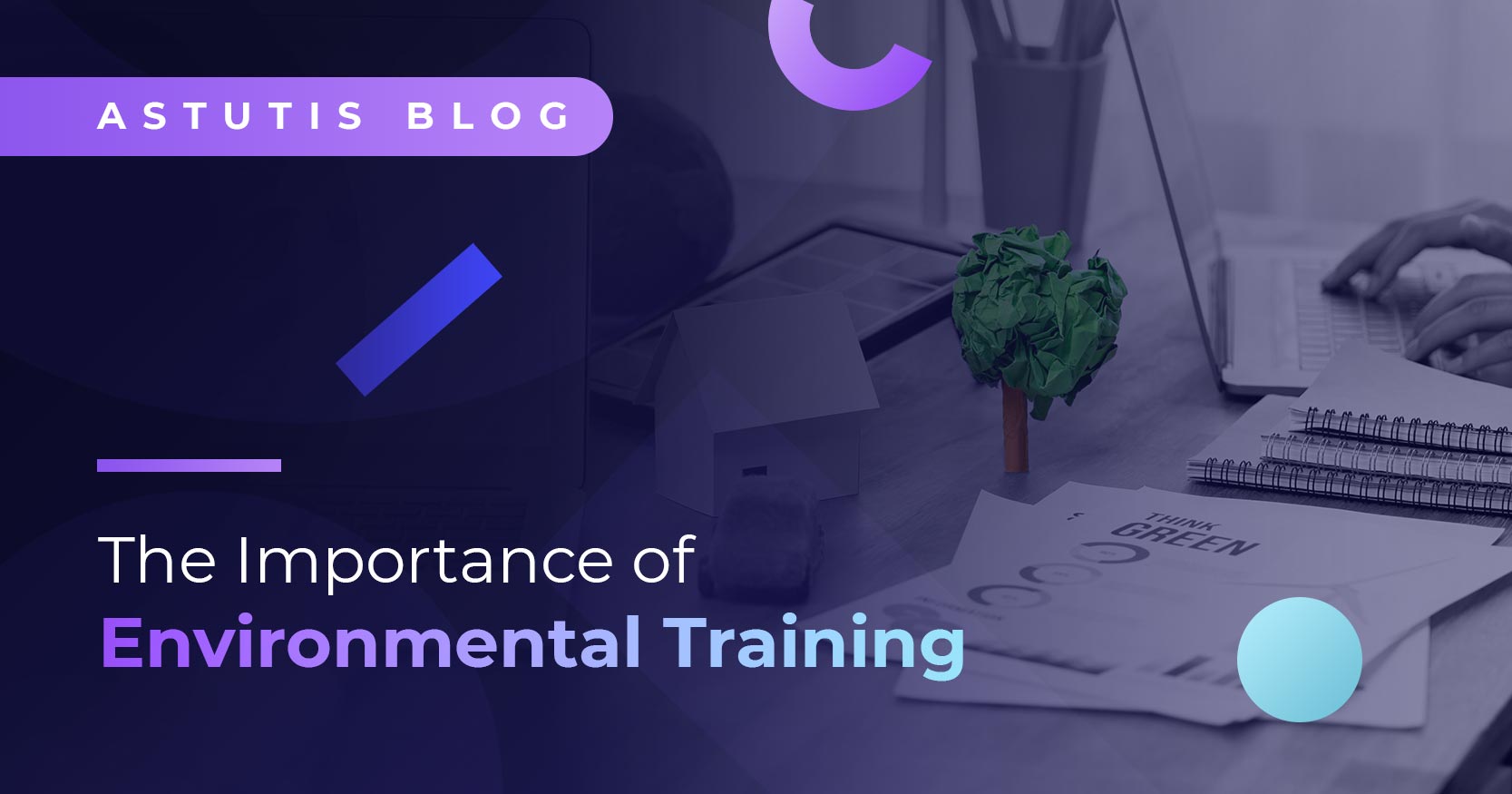The Importance of Fire Extinguisher Training for Employees In The Workplace
For almost all businesses and organisations, it's obligatory to train your staff on fire safety measures and operations within the place you work. This also includes fire extinguisher training.
This blog was updated in August 2023 to alight to current compliance and legislation.
Having fire extinguishers in a building will not improve its fire safety unless occupants are sufficiently trained to use them. Therefore, it is imperative that employees undergo appropriate fire extinguisher training specifically designed for the building they are in.
An effective training program should cover more than the mere basics of how to operate a fire extinguisher. It should empower trainees to feel more confident in identifying sources of fire within the building as well as help them to decide how to deal with fire situations.
Some suggestions on what to include in a fire extinguisher training program are:
Understanding Key Fire Risks at Your Workplace
The structure and purpose of a building are crucial in determining its fire risks. For example, an office complex would have vastly different sources of fire risks when compared with a hospital. Accordingly, it is important that the training program is tailored to reflect the fire events or scenarios that trainees will likely face.
The objective here is to ensure trainees are able to identify key fire risks within the building, which usually include the kitchen area, sources for electrics or heating. They should also be given the knowledge of what elements work together to ignite and sustain a fire.
Fire risk assessments should also be carried regularly, which will involve an expert carrying out a comprehensive fire safety audit that will identify hazards, the people at risk, and how to act on the findings. Hazards identified in the FRA should be relayed to employees so they can be extra vigilant in these areas and know exactly what to do should a situation occur.
Classes of Fire and Corresponding Fire Extinguishers
Trainees need to understand that there are different types of fires and not all extinguishers will work on them. If the wrong extinguisher is used, it could actually exacerbate the fire.
The five classes of fire are those involving:
- Ordinary materials such as wood, paper and cloth
- Flammable liquids such as gasoline and alcohol
- Electrical equipment
- Combustible metals such as magnesium and titanium
- Vegetable or animal oils
So what are some of the common classes of fire extinguishers and which types of fires can they handle?
- Class A extinguishers are designed to combat common fires involving ordinary materials
- Class B are used for fuel or flammable related fires
- Class C are used for fires involving gasses
- Class D are used for fires involving metals
- Class E are used for for electrical fires
- Class F extinguishers can work on oil or grease related fires.
Experts will be able to advise you as to which fire extinguishers may be needed in certain buildings/areas, and ensure your company remains compliant with current legal obligations.
How to Locate the Closest Fire Extinguishers
This part of the program tells trainees where in the building to look for fire extinguishers in the event of an emergency. It is important because it will help them to locate an extinguisher quickly, giving them a better chance of bringing the fire under control.
Trainees should also be taught the skill of identifying whether an extinguisher is sufficiently charged and if there is any damage to prevent it from functioning properly.
How to Operate a Fire Extinguisher
This involves the knowledge of how to aim and use the extinguisher, and when to stop using it. People can have a tendency to panic in an intense situation, so having the confidence to correctly operate the extinguisher is crucial.
Assessing a Fire Situation
Guidance need to be provided regarding the decision to either fight or abandon a fire. Assessment of a fire situation consists of looking at the size of the fire, whether it will get out of control quickly, the level of heat inside the building, the existence of any thick smoke or fumes and whether exits can be reached easily. Training will alert you as to when to attempt to attack the fire, and when to immediately call for help from the professionals.
As you can see, the are so many things to consider when it comes to using a fire extinguisher – ensuring a sufficient amount of employees are trained up in these situations can be the difference between life and death.
Total Fire Services who wrote this post have years of experience in providing the most comprehensive fire risk assessments to premises across the UK. As a BAFE approved service, they are proud to have been recognised for the quality of their work. Fire safety and providing peace of mind is their number one priority.
Click the button below for more information on the NEBOSH Certificate in Fire Safety!
Related Blogs

Real Life Stories









